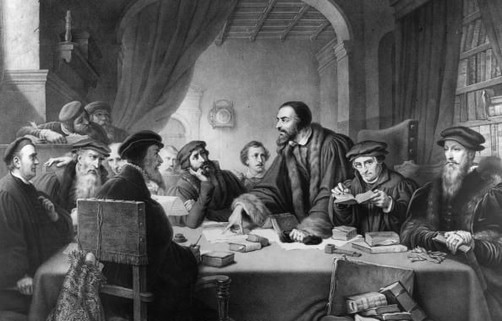 John Calvin and Company
John Calvin and Company Theological questions? Well… actually, political ones.
Who can access life-saving medical treatment? Who is condemned to suffering and unnecessary death?
Our legislators are deciding this right now, and they are leaning and leaning hard in the direction of predestination. That’s right, “predestination.” That old Calvinist religious tenet that before we are even born, God has chosen some of us to be saved and some of us to be condemned. Furthermore, those whom God has chosen will be saved no matter what they do, and those who have not been chosen will be damned no matter what they do. It is a philosophy with deep roots in the beliefs of the founding fathers of New England.

Take a look:
Who are the new chosen? Those who have inherited wealth, through no virtue of their own. They won the birth lottery. They grew up in neighborhoods with good schools that would enable them to go to colleges, which would establish them in powerful networks of other chosen ones. They would have professions and careers in lucrative fields. They had access to good food and health care and gyms. They could afford therapy. They never faced the stresses of poverty, the terror of unsafe neighborhoods. They may have had trust funds that enabled them to jump-start enterprises or afford to buy a house with lower or no mortgage.
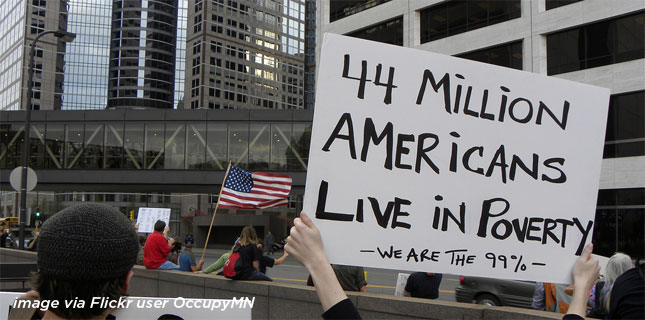
Predestination.
And who are the damned? Those without money. Descendants of people who were captives and slaves, or who were conquered, raided, and imprisoned. People historically denied access to decent housing, to education. People with massive, collective trauma in their DNA from colonization and genocide. People with histories of medical conditions related to their oppression. People who need to go into crushing debt to have that precious access to higher education, home ownership, neighborhoods with good public schools. People unlike the ones with wealth, unlikely to be hired, given loans, promoted.
Predestination.
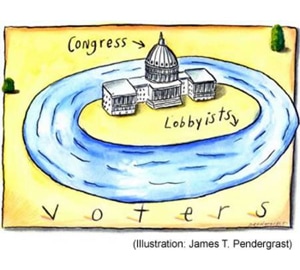
There is no rational justification for denial of health care to so many millions of people in this country, especially when we are such a wealthy nation and when America stands almost entirely alone among developed nations that lack universal health care.
But there is an irrational justification, and it is one with deep roots in the American settler psyche: predestination.

Without this obscene doctrine of predestination, it would be clear that the greatest good for the greatest number would be the governing principle of a functioning democracy.
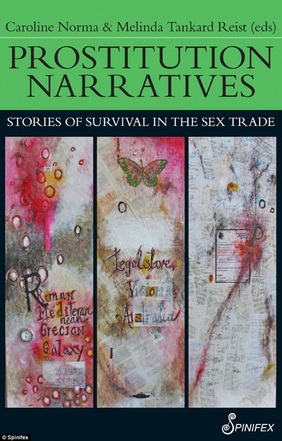
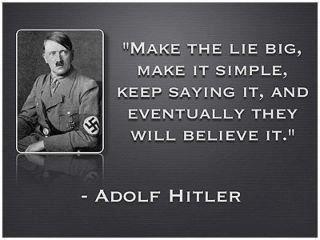
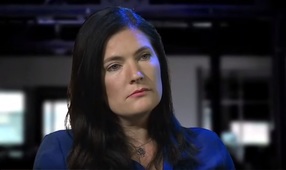

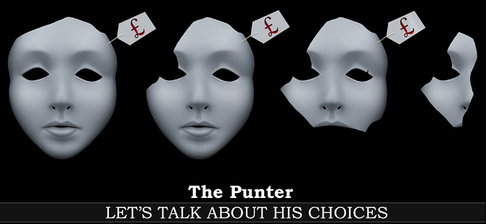
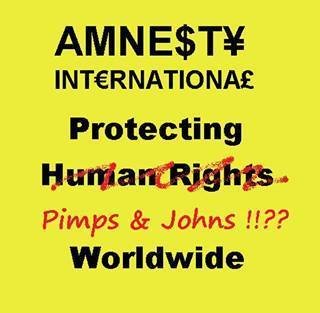
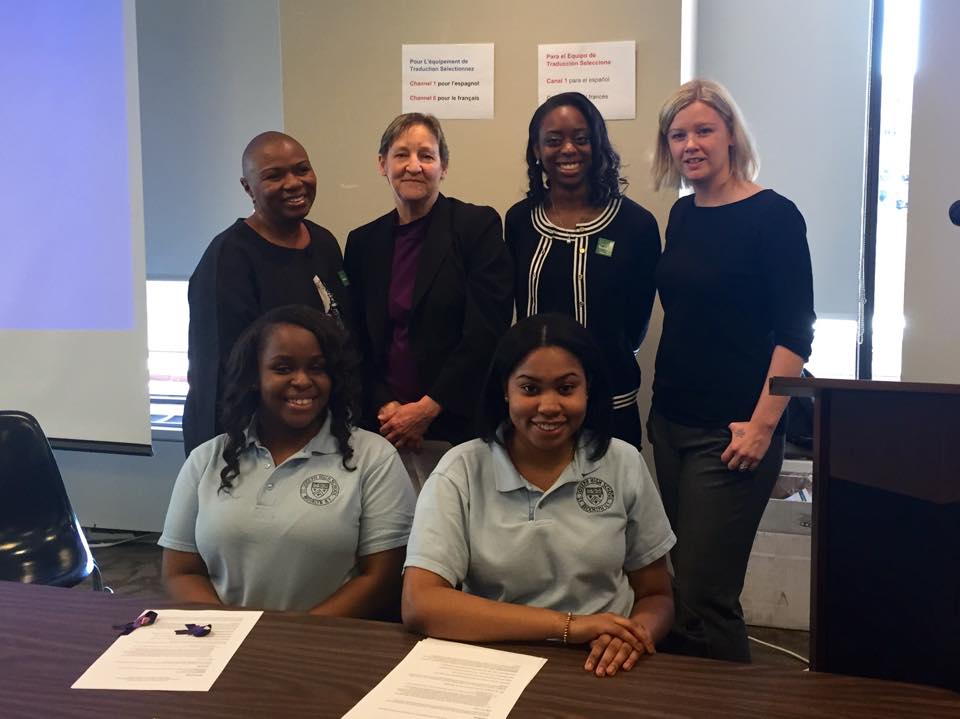
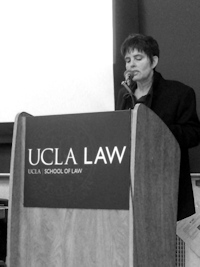
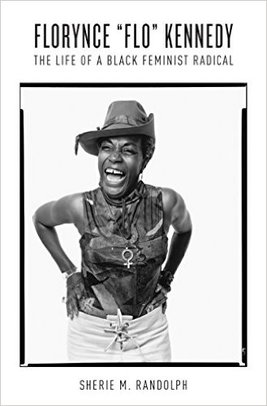
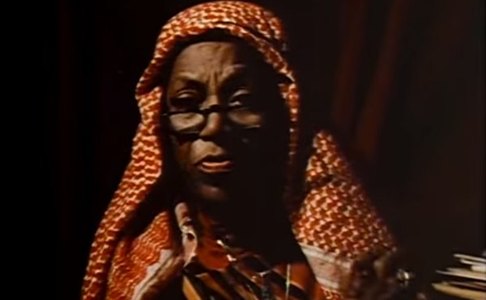
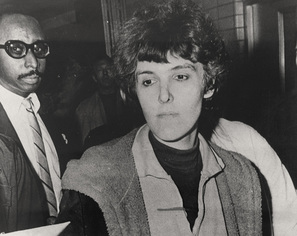
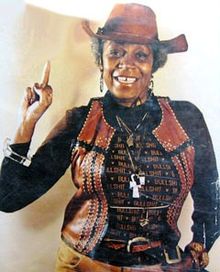
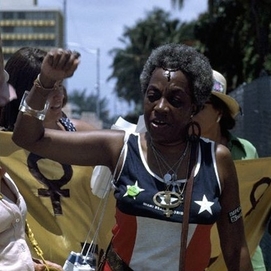
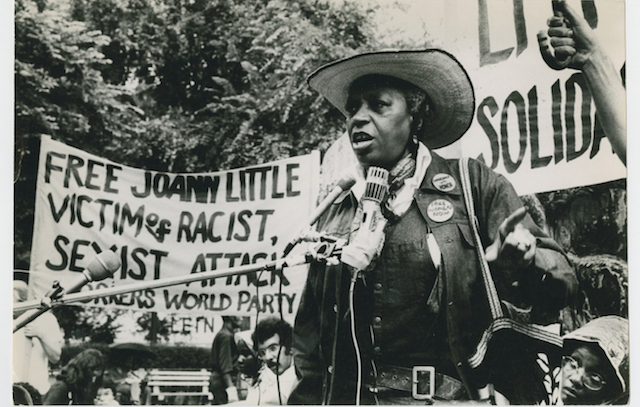
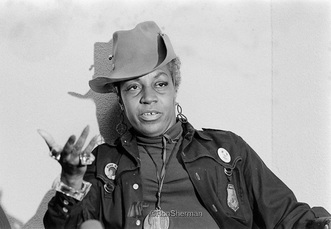
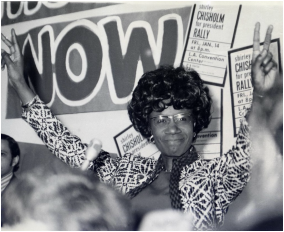

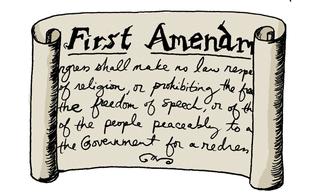
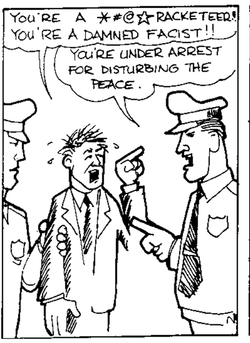
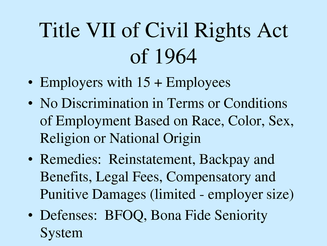
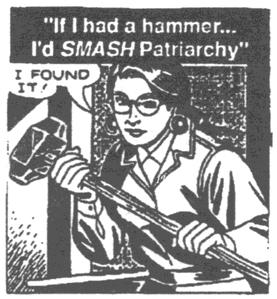
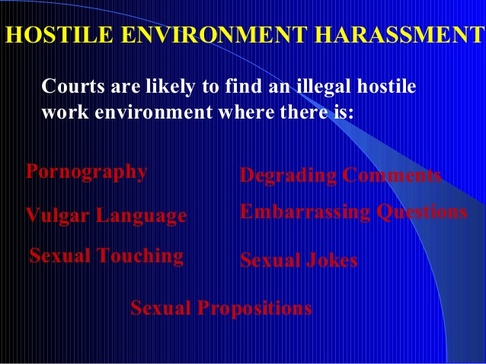
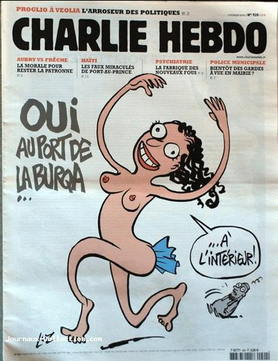

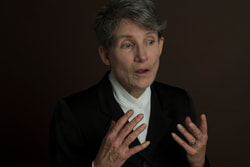
 RSS Feed
RSS Feed
